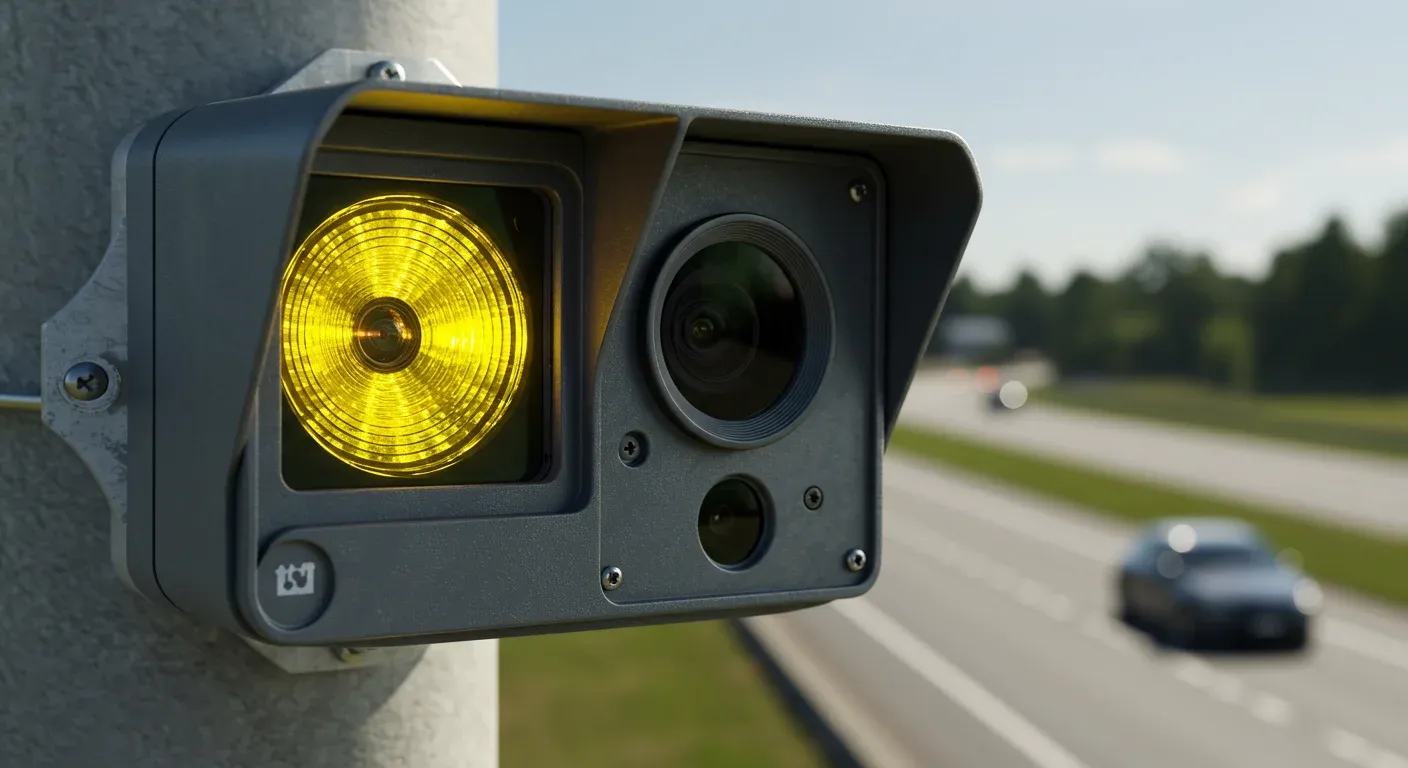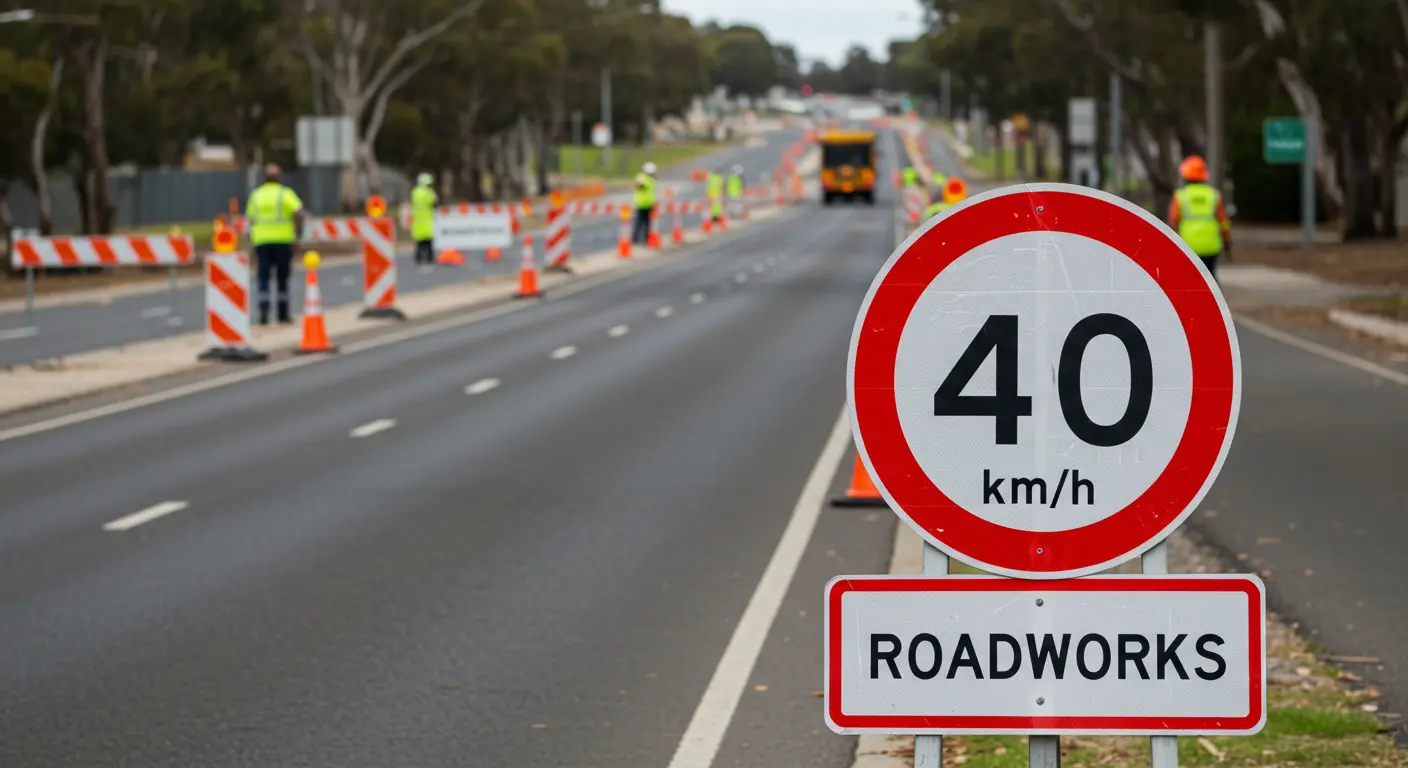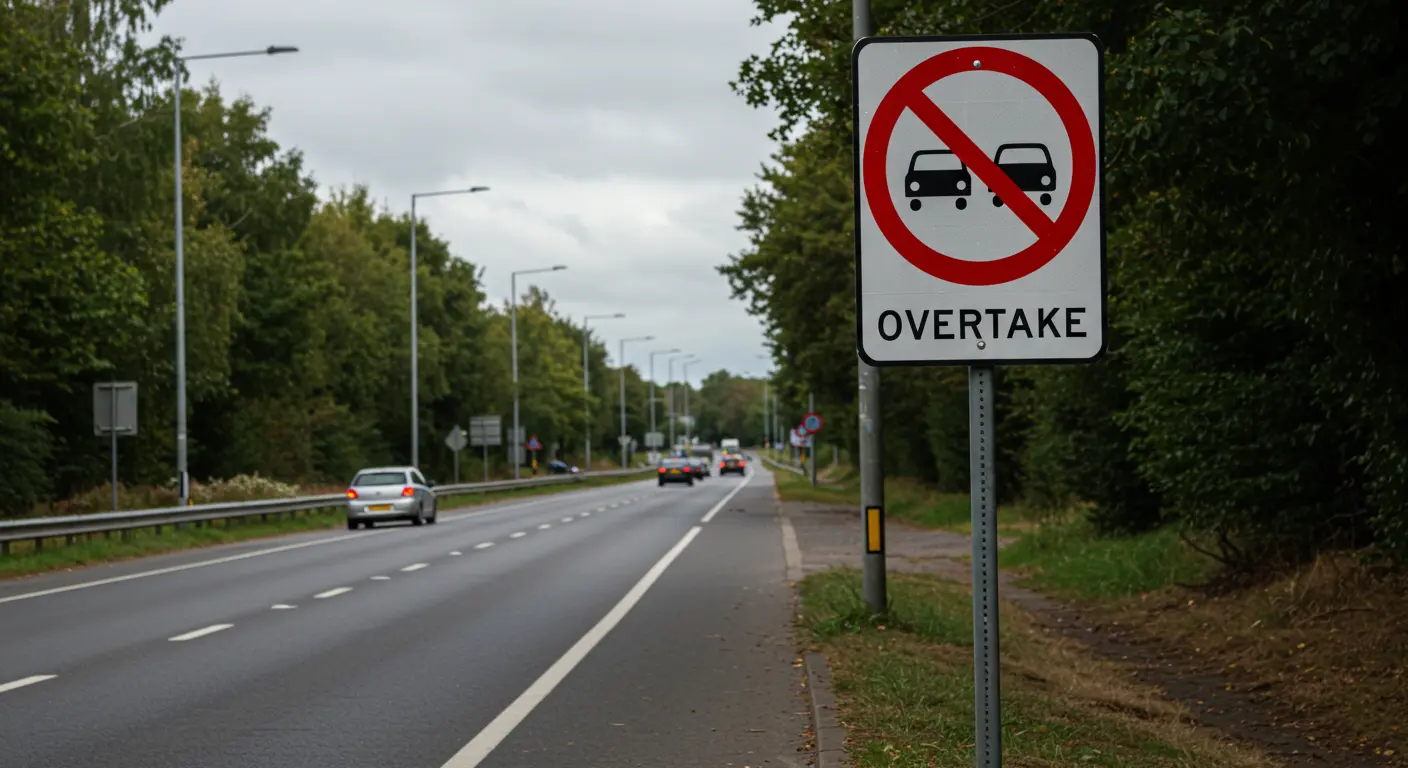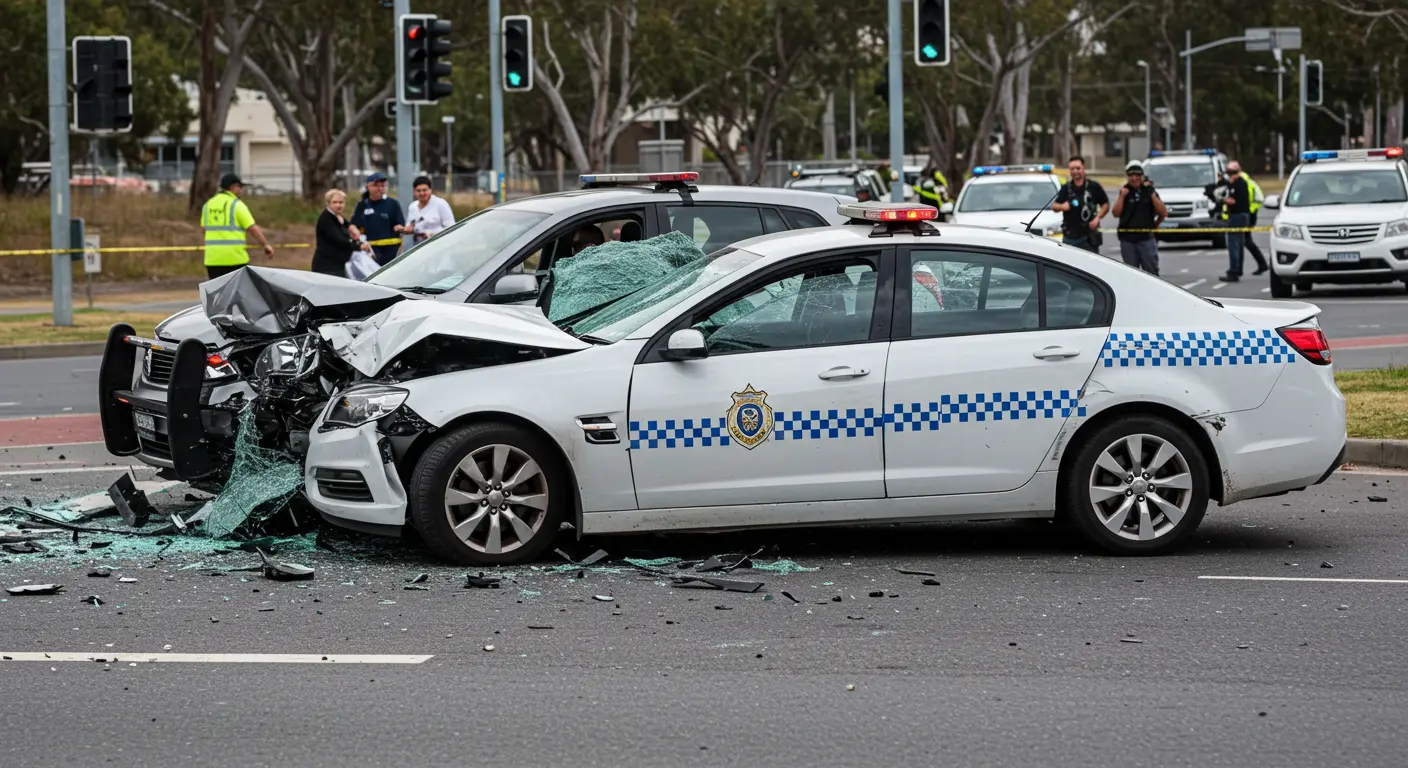In a significant move for road safety enforcement, New South Wales (NSW) is set to trial average speed cameras for light vehicles in 2025. This technology, previously reserved for heavy vehicles, will now monitor all motorists on two regional highways. The initiative aims to address the state's rising road toll and reduce speeding-related fatalities.
What Are Average Speed Cameras?
Average speed cameras, also known as point-to-point cameras, calculate a vehicle's speed over a set distance rather than at a single point. By recording the time it takes for a vehicle to travel between two fixed points, the system determines whether the driver exceeded the speed limit across the stretch of road. This approach encourages consistent adherence to speed limits rather than momentary compliance near traditional fixed cameras.
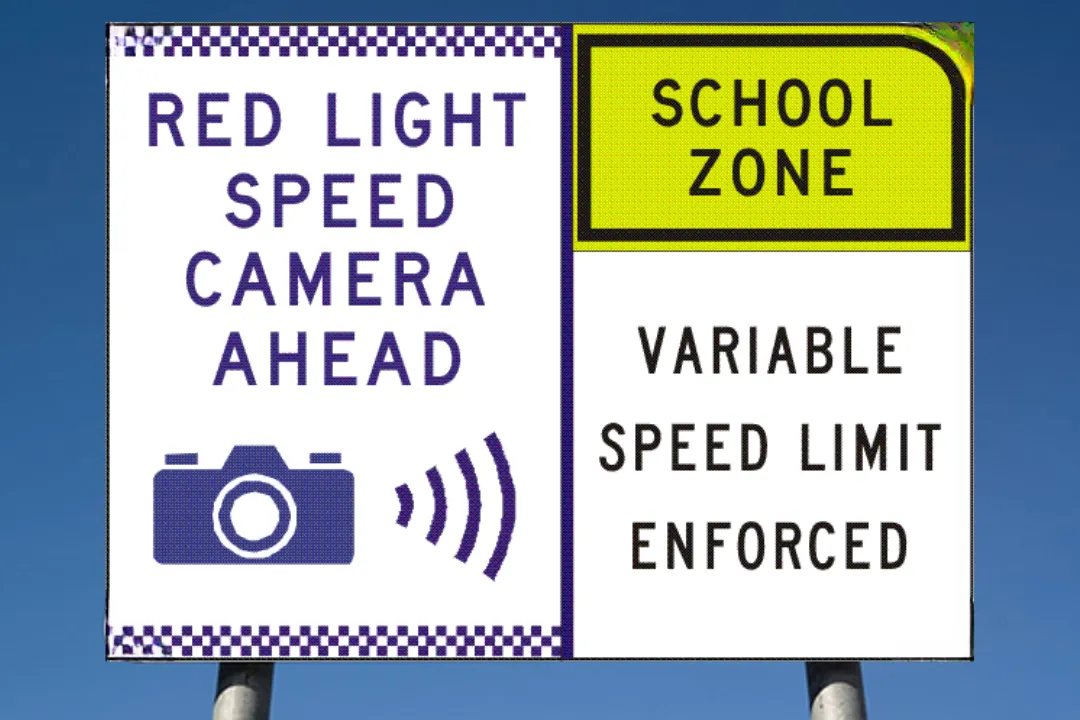
Trial Details
Locations
The NSW Government has selected two regional highways for the six-month trial:
- Pacific Highway: A 15-kilometre stretch between Kew and Lake Innes (near Port Macquarie).
- Hume Highway: A 16-kilometre section between Coolac and Gundagai.
These locations were chosen due to their crash history, with six fatalities and 33 serious injuries recorded between 2018 and 2022.
Implementation
The trial is designed to ease drivers into the new system:
- A 60-day warning period will be in effect, during which drivers exceeding the speed limit will receive warning letters instead of fines or demerit points.
- After this period, full enforcement will begin, with penalties including fines and demerit points for breaches.
- Road signs will alert motorists that their speeds are being monitored, ensuring transparency during the trial.
Rationale Behind the Trial
Speeding remains the leading cause of road fatalities in NSW, contributing to 41% of deaths over the past decade. The state's current road toll stands at 227 fatalities in 2024, slightly higher than in 2023. By expanding average speed cameras to light vehicles, NSW aims to address speeding-related crashes more effectively, particularly in regional areas where three-quarters of speeding-related deaths occur.
For more information on NSW road safety statistics, visit the Transport for NSW Road Safety Centre.

Support and Criticism
Supporters Argue:
- Research shows average speed cameras can reduce fatal crashes by up to 46%, smoothing traffic flow and encouraging safer driving habits.
- The system provides fairer enforcement by targeting habitual speeding over long distances rather than momentary lapses.
Critics Contend:
- Some view the trial as disproportionately affecting regional drivers who travel longer distances.
- There are concerns about potential penalties for safe overtaking maneuvers that briefly exceed speed limits.
- Critics argue that improving road conditions should take precedence over increased enforcement measures.
Comparison with Other Jurisdictions
NSW is one of the last mainland states to implement average speed cameras for light vehicles. Other states like Victoria and Queensland have long used this technology with reported success. Internationally, countries such as Norway, Italy, the UK, and the Netherlands have also seen reductions in road trauma after adopting average speed monitoring systems.
For a global perspective on average speed camera effectiveness, check the World Health Organization's road safety reports.
Next Steps
The trial is expected to begin mid-2025 after legislative approvals and a public awareness campaign. The results will determine whether average speed cameras become a permanent fixture on NSW roads. The NRMA and other stakeholders will assess data from the trial to evaluate its effectiveness in reducing speeding and crashes.
Key Takeaways for Drivers
- The trial will monitor light vehicles on two regional highways starting mid-2025.
- A 60-day warning period will allow drivers to adjust without immediate penalties.
- Penalties will apply after the warning period for exceeding average speed limits.
- Road signs will clearly indicate monitored zones for transparency.
As NSW addresses its rising road toll, this trial represents a significant step toward enhancing road safety. While it has sparked debate, the ultimate goal is to reduce speeding-related fatalities and create safer roads for all users.
For updates on the trial and NSW road safety initiatives, visit the NSW Government's Centre for Road Safety.



